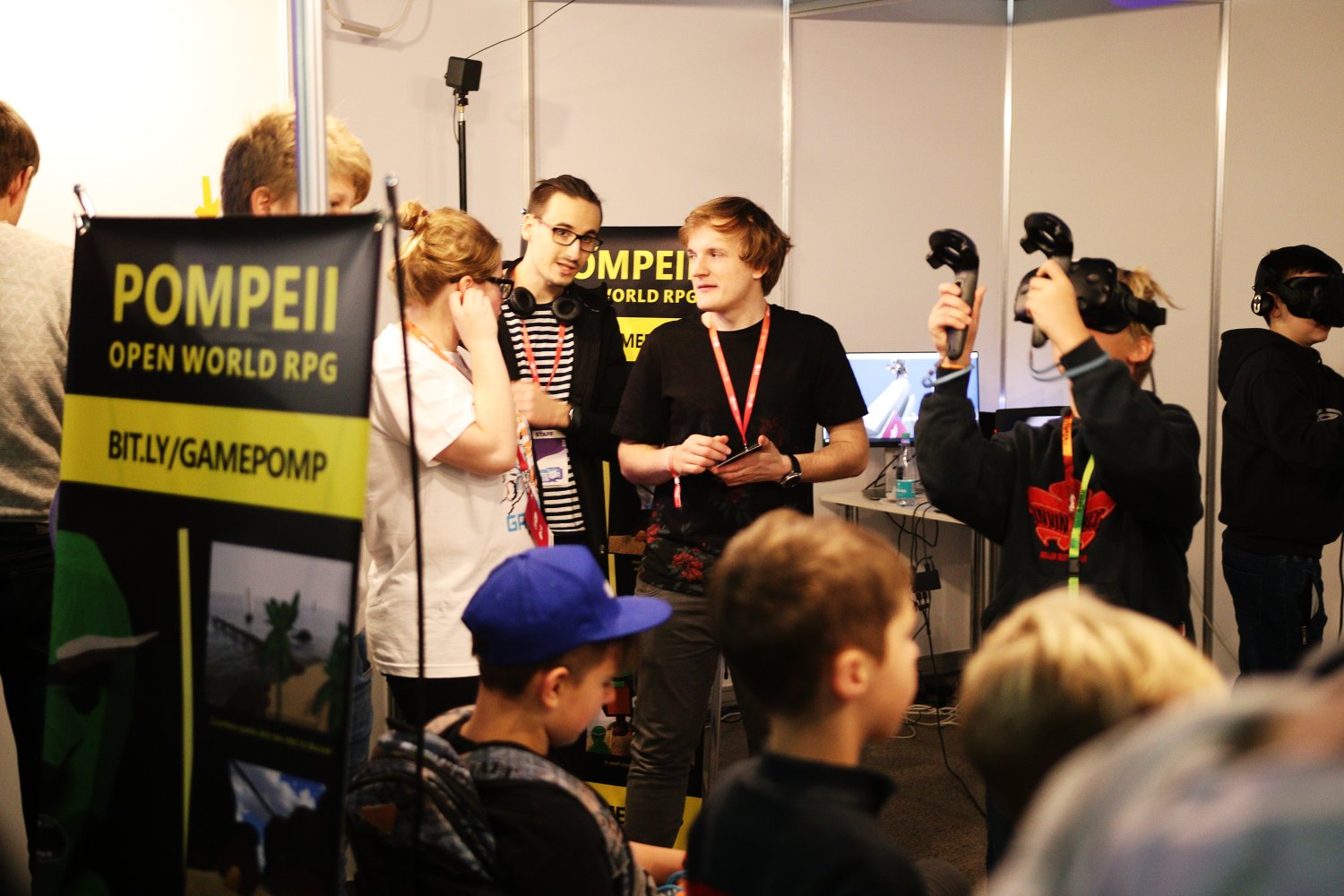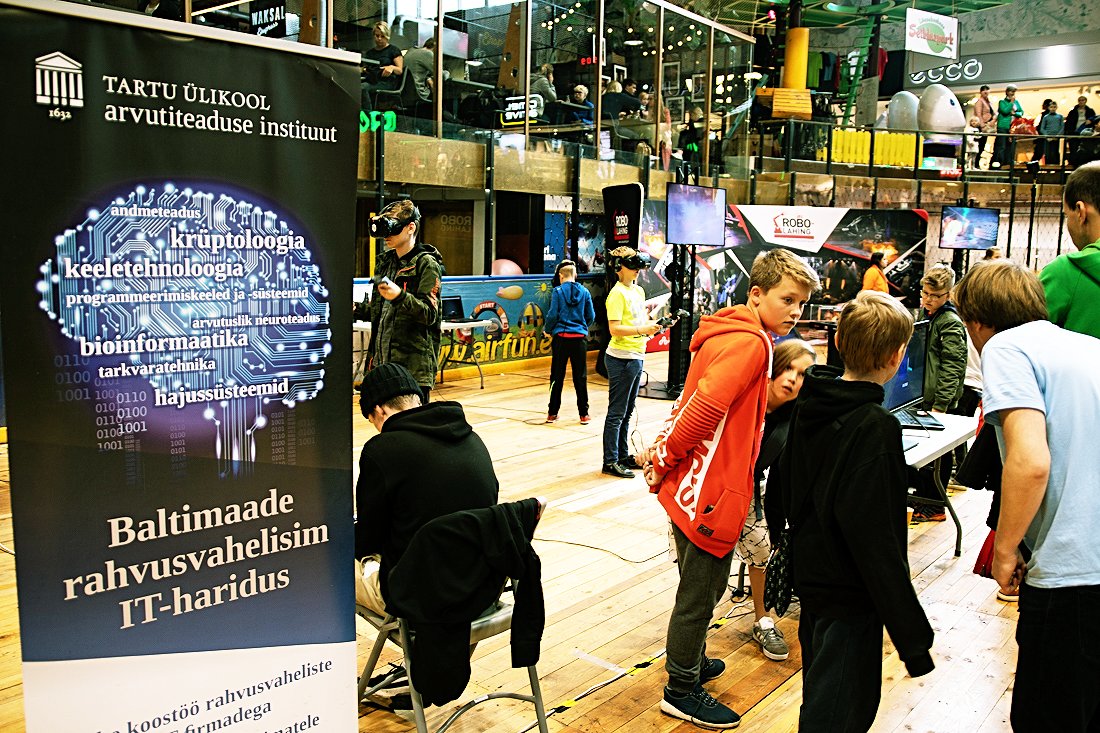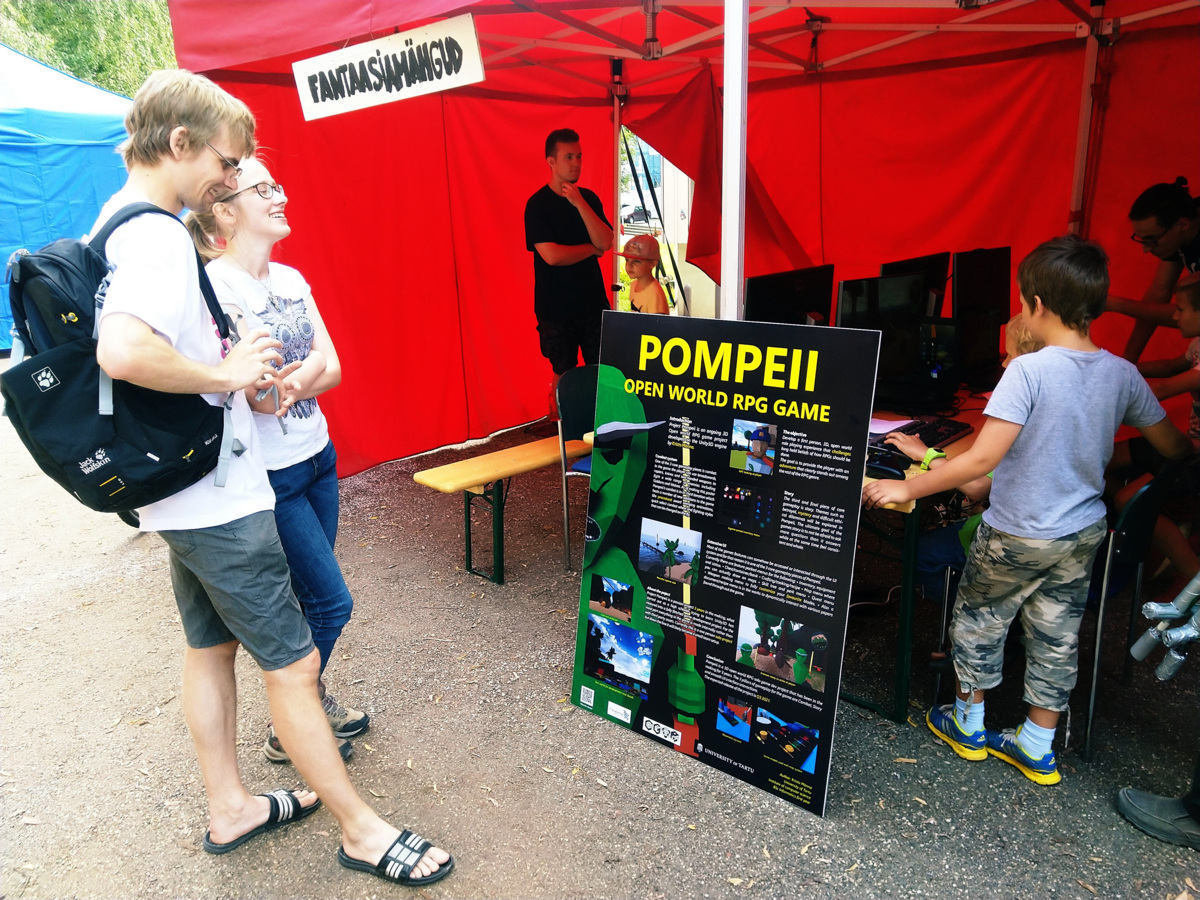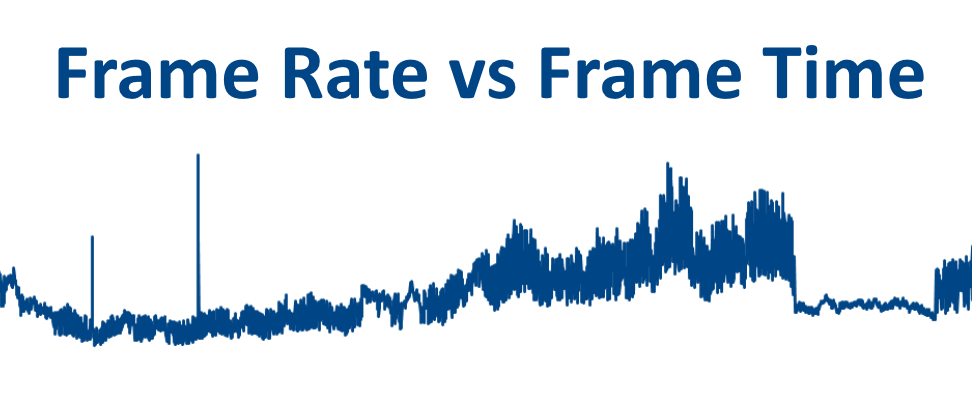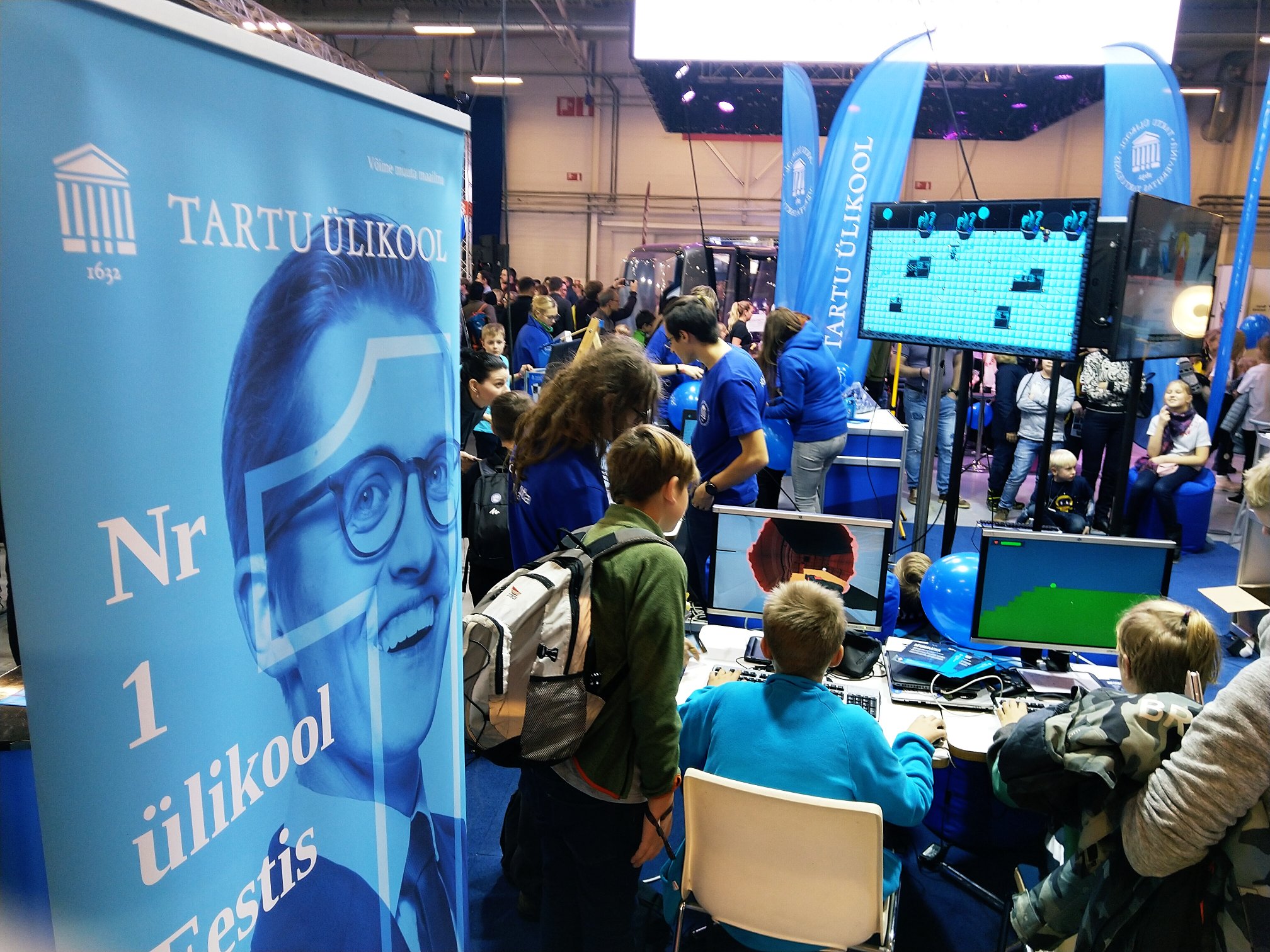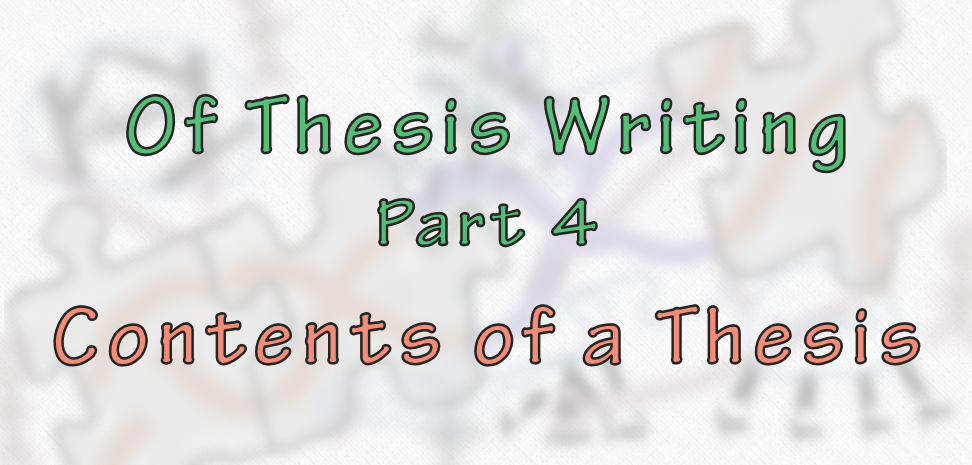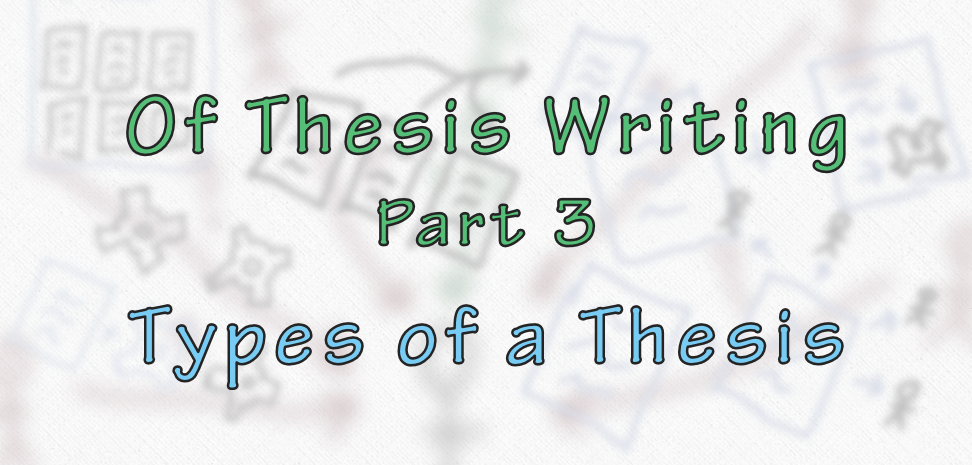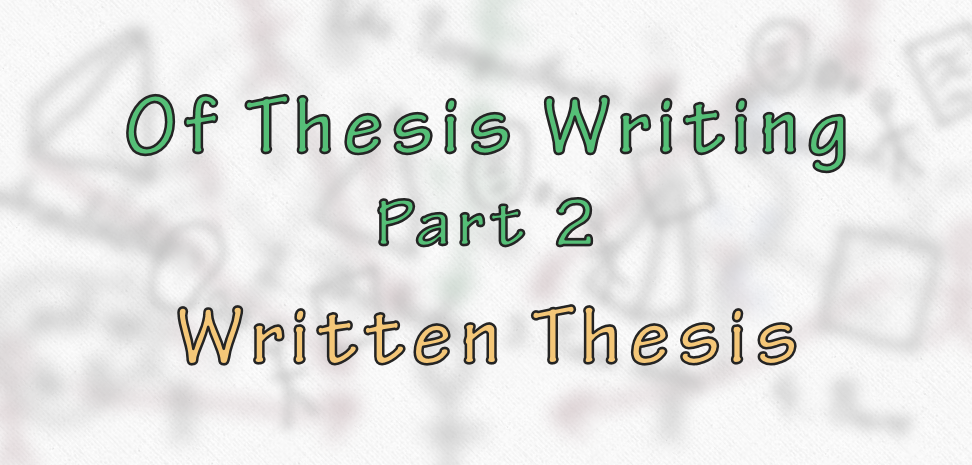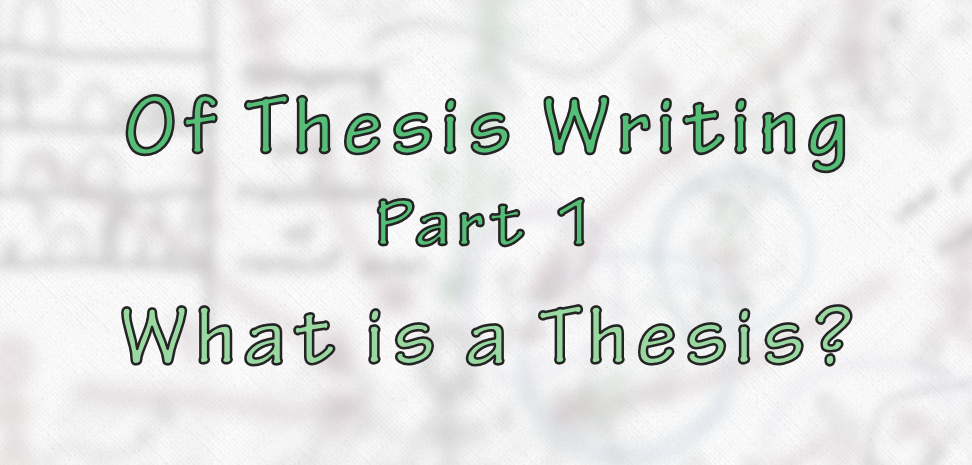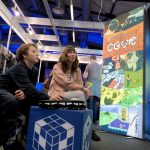Pompeii and Vrena at GameOn 2019
GameOn is a gaming and game development event in Lithuania. The event includes many interesting activities for different gaming related people. From cosplay and e-sports to game development conferences and presentations to indie games expo and game development awards. Our students Jens-Stefan and Kristo showed their games Vrena and Pompeii during the Indie Town games […]

